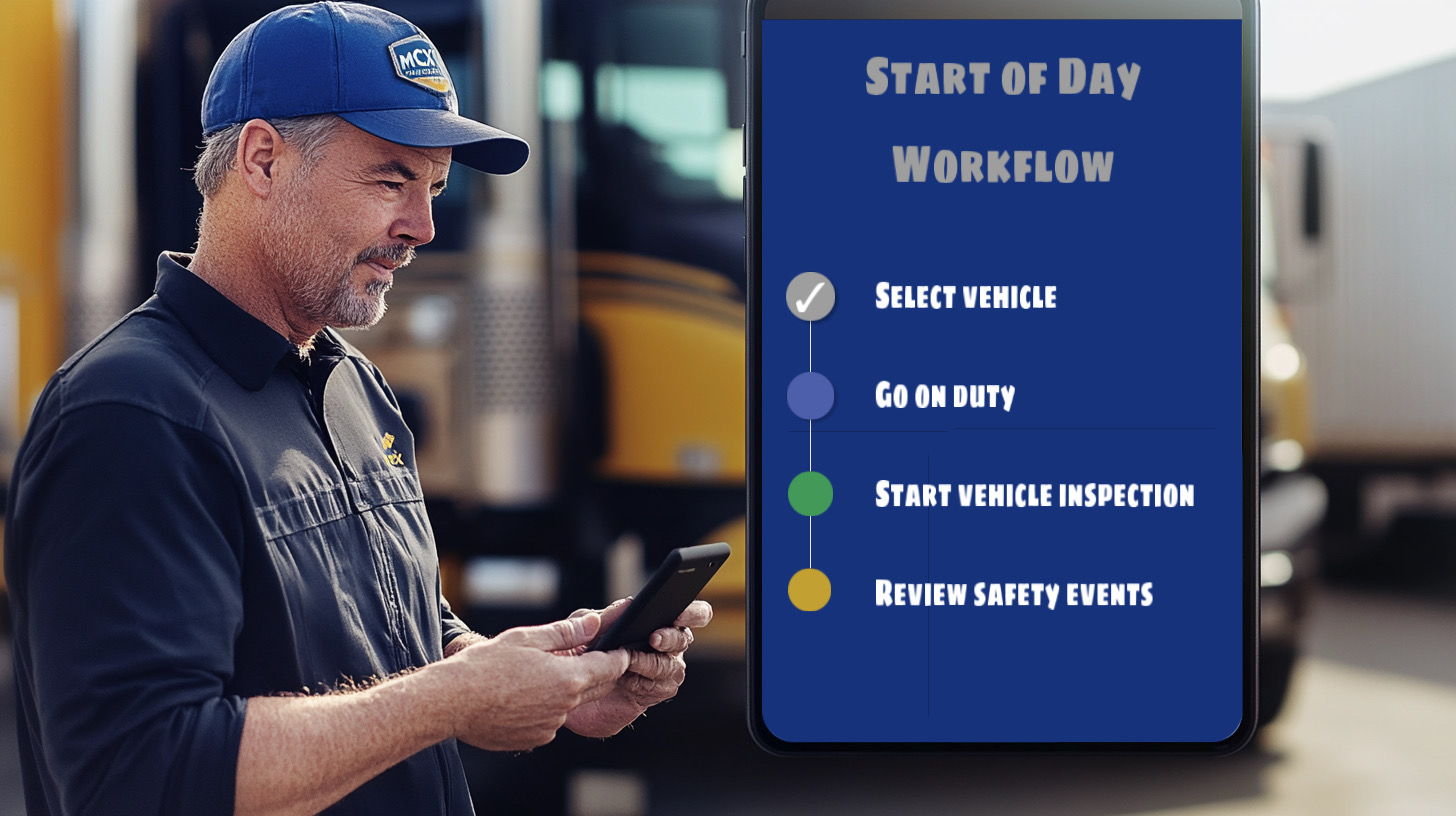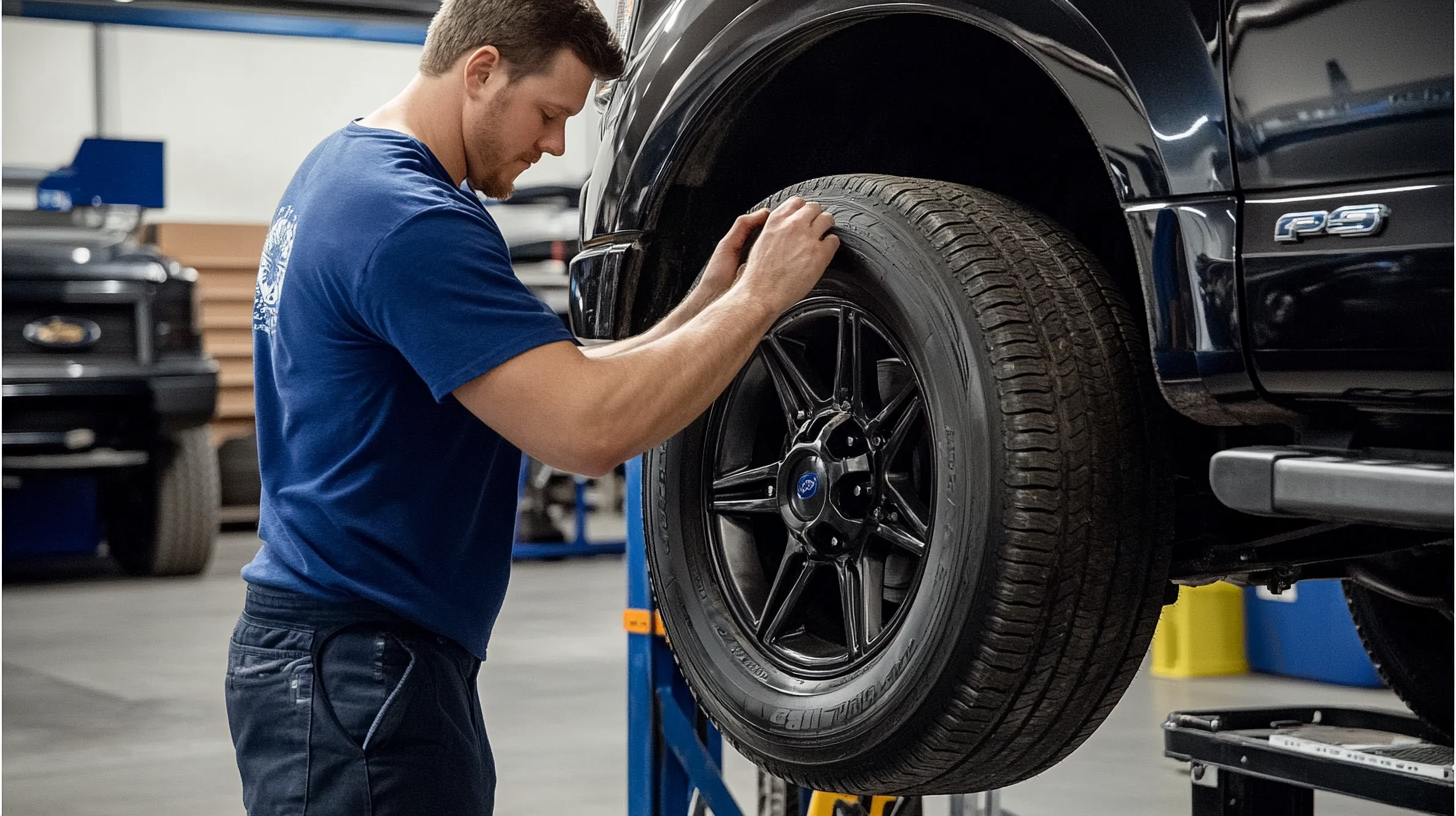7 steps plan
1. Strengthen Fleet Safety with AI and Smart Monitoring
Safety is the backbone of an efficient operation. AI-powered dash cams detect risky behavior like fatigue or tailgating and send real-time alerts. These tools not only protect drivers but also provide video evidence in case of incidents — reducing liability and improving insurance outcomes.

2. Turn Safety Violations into Growth Opportunities
Every violation is a chance to improve. Use telematics and ELD data to analyze driver behavior, assign personalized training, and track improvements over time. Building a culture of safety starts with visibility — and turns into long-term performance gains.

3. Reduce Fuel Waste and Drive Sustainability
Fuel inefficiencies can silently drain thousands from your budget. With real-time fuel tracking, you can spot idling, aggressive acceleration, or unauthorized fuel purchases. Combine that with route optimization and fuel card programs to cut costs and reduce your carbon footprint.

4. Use Smarter Routes to Avoid Delays
Delays kill profits. With GPS-based trip planning and real-time rerouting, you can avoid traffic, weather disruptions, or road closures. Smarter routing means faster deliveries, happier customers, and fewer overtime hours.
5. Recognize and Reward Top Drivers
Your best drivers deserve recognition. Use performance data to highlight clean records, improved safety scores, and consistent reliability. A culture of acknowledgment boosts morale, retention, and overall fleet performance.
6. Skip Complex Installs – Go Plug-and-Play
Modern fleet technology is easier than ever to deploy. With plug-and-play ELDs and trackers, you’ll get set up in minutes — no IT department needed. That means quicker onboarding, immediate visibility, and faster ROI
7. Automate Repetitive Workflows
Manual tasks slow you down. Automate inspections, maintenance reminders, inventory tracking, and compliance reporting (like IFTA or HOS). With smart workflows, your team can focus on operations — not paperwork.





